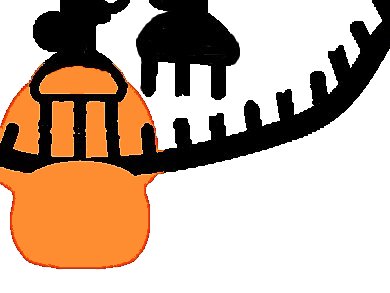The large subunit of the ribosome catalyses protein synthesis, the peptide bond formation. Recent work has focused on how an RNA active site is able to catalyse this reaction at a suitable rate for protein synthesis. it has been suggested that the role of the ribosome is limited to bringing the substrates into close proximity, as there are no important ribosomal functional groups, no dependence on pH, and because of the dominant contribution of entropy to catalysis. Alternatively, the importance of the 29-hydroxyl of the peptidyltransfer RNA and a Brønsted coefficient near zero have been taken as evidence that the ribosome coordinates a proton-transfer network.
David A. Hiller and colleagues, Yale University New Haven, Connecticut, USA, report the transition state of peptide bond formation, based on analysis of the kinetic isotope effect at five positions within the reaction centre of a peptidyl-transfer RNA
mimic. This indicates that in contrast to an uncatalysed reaction, formation of the tetrahedral intermediate and proton
transfer from the nucleophilic nitrogen both occur in the ratelimiting step. Unlike in previous proposals, the reaction is not fully
concerted. Instead, breakdown of the tetrahedral intermediate occurs in a separate fast step.
This suggests that in addition to substrate positioning, the ribosome is contributing to chemical catalysis by changing the rate-limiting transition state.
- A two-step chemical mechanism for ribosome-catalysed peptide bond formation,
David A. Hiller, Vipender Singh, Minghong Zhong, Scott A. Strobel,
Nature 2012.
DOI: 10.1038/nature10248


